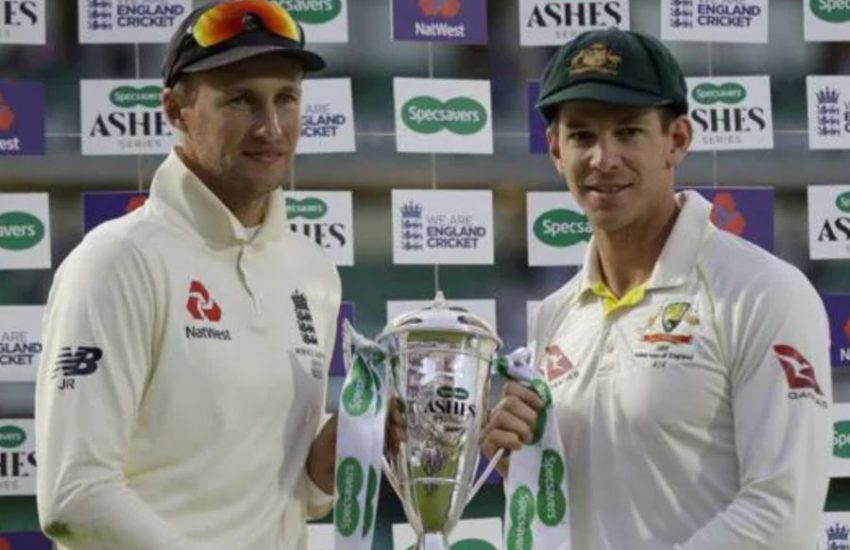Ashes series have been played between England and Australia for 137 years. This series is alternately played in these two countries every two years. The first game was played in 1882. The first game was won by England, but the second game by Australia.
An Overview of the Ashes Series
During the first test in 1882, the Aussies beat the English by seven runs. A satirical obituary was published about Shirley Brooks’ loss by The Sporting Times. The ashes will be conveyed to Australia after the end of cricket play in England. This is how ‘Ashes’ developed.
The following year, Ash (ash) won 1–2 against Australia for England when that same team won 2–1 in England. The series became known as the Ashes Series.
The Ashes urn is made of terracotta, and it is believed to contain the ashes of a burnt cricket bail. This ceramic urn is about 15 cm tall or 6 inches wide. The winning team keeps the urns as trophies.
Is it a cricket series?

There have been 137 Ashes series between England and Australia in test cricket. There have been 34 Australian wins, 32 English wins, and 5 draws in the ashes series. 71 matches have taken place.
It has been retained by the Australians for 81 years, while England has held it for 56 years. The defending champion keeps the trophy when a series ends in a draw. This was Australia’s third straight Ashes series win.
See how the Ashes series has developed. Among the oldest test series in the world, the Ashes series dates back to 1865. This series is played by both England and Australia. Reginald Shirley Brooks, a young London journalist, produced the mock “obituary” to celebrate Australia’s first victory over England on English soil.
It was accepted that England won the Ashes after winning the next two tests after losing the first by nine wickets at The Oval. Although England won the second two Tests, Australia won the first by nine wickets.
Melbourne women made a presentation to Bligh of ashes from the third match – a small urn believed to contain the ashes from a bail, which contained the ashes from the third match. Her daughter-in-law, 82, claimed in 1998 that Lady Darnley’s remains were from the veil, and not one of the leaves. Other evidence suggests the remains came from a ball. The origin of the Ashes is therefore contested.
Following Lord Darnley’s death in 1927, Florence Darnley, the widow of Lord Darnley, donated his urn to MCC. A velvet bag made specifically for it and the scorecard for the 1882 match are among its contents at Lord’s.

